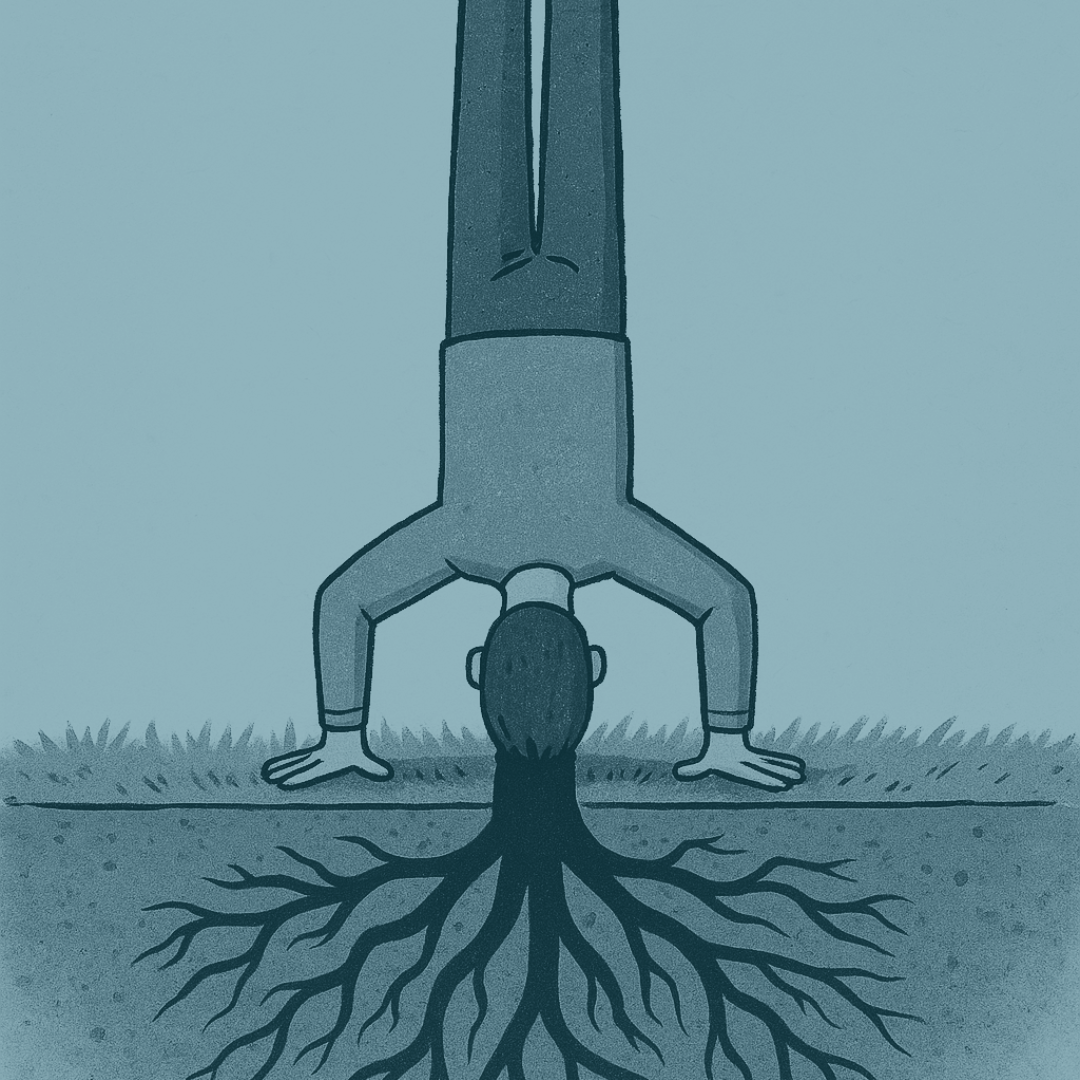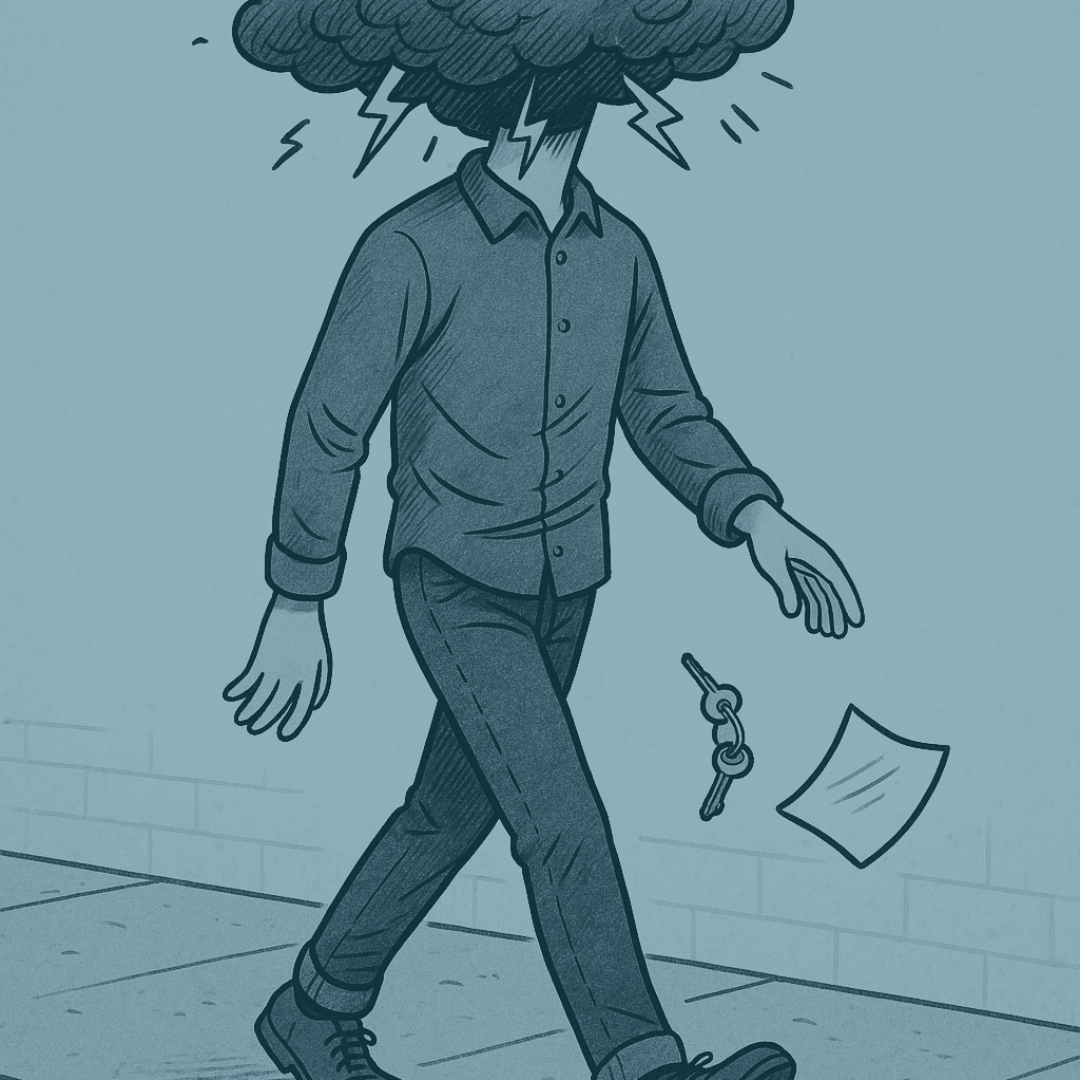How to Ground - Simple Ways to Get Out of Your Head and Into Your Body
In our last post we talked about what grounding is and why it matters. In short: when you’re ungrounded, life feels like static in your head—scattered, buzzy, forgetful, maybe even clumsy. Grounding is what brings you back down to earth (literally).
So let’s get practical. How do you actually ground? Here are some real-world ways to stop spinning out and get back into your body.
“Grounding isn’t about doing it ‘right.’ It’s about noticing when you’ve drifted and having ways to bring yourself back.”
Fast Grounding Fixes
Sometimes you don’t have time for a 30-minute meditation or a walk in the woods. You just need to land—now.
Feet on the Floor
Plant them. Press down. Imagine tracing around them with a bright colour. Feel the weight of your body supported by the ground.5-4-3-2-1
Look around. Name 5 things you see, 4 things you can touch, 3 you hear, 2 you smell, and 1 you taste. Congratulations—you’re back in your body.Cold Shock
Splash your face with cold water. Or grab an ice cube. Your nervous system won’t be daydreaming after that.Cup Your Kidneys
Hands on your lower back. Your adrenal glands are right there, and this little move calms the stress response surprisingly well.Fresh Air Reset
Open a window, step outside, breathe. Even better if you can smell something natural instead of your laptop.Two Breath Reset
Press your feet down, soften your jaw, and exhale longer than you inhale; notice your belly drop.
These are perfect for those “I need to ground before I snap at someone” moments.
Cup Your Kidneys
Hands on your lower back. Your adrenal glands are right there, and this little move calms the stress response surprisingly well.
Longer-Term Practices - Grounding That Sticks
Quick tricks are great, but long-term balance comes from making grounding part of your routine. Here’s how:
Strengthen Your Hara
Your hara (lower belly) is your energetic centre. Breathe into it. Keep your attention there. It’s like installing an anchor in your body.Grounding Cord
Imagine a cord running from your spine or your feet down into the earth. Every exhale, let extra energy drain away. Like hitting “empty trash” on your Mac.Meditate (Really)
Sorry, there’s no shortcut here. Even a few minutes of meditation makes a difference. Think of it as recharging your batteries—except instead of coffee, it’s presence.Move It Out
Journal, dance, walk, yell-sing to your favourite song—whatever gets the excess energy out. Find your outlet and make it part of your rhythm.Play
Yes, fun is grounding. Laughing, playing, or doing something just because you enjoy it is one of the fastest ways to return to yourself.
These practices aren’t one-size-fits-all. Try a few, keep what works, toss the rest
Sometimes grounding means flipping your perspective—finding roots where you least expect them.
Signs You’re Probably Ungrounded
You don’t always realize you’re off until someone points it out. Here are some telltale signs:
Forgetting what you were saying mid-sentence
Feeling “buzzy” or restless inside
Irritability or short fuse
Dropping things, tripping, bumping into furniture
Trouble sleeping (or waking up exhausted)
Basically, if you’re foggy, cranky, or clumsy—grounding might help.
When your head’s a storm cloud and your keys are on the floor, it’s time to ground.
Why Reiki Practitioners Need It
If you’re practicing Reiki, grounding is non-negotiable. It keeps you present in your own energy while you’re holding space for someone else. Think of it like fastening your own seatbelt before helping others.
Some quick Reiki-friendly grounding tips:
Trace Choku Rei on the soles of your feet
Drink water after a session
Dry brush or Brush your arms and legs down with your hands
Hold your client’s feet if they’re having a hard time coming back into their body after a session
It doesn’t just help you—it helps your clients leave more centred, too
Hold your client’s feet if they’re having a hard time coming back into their body after a session
The Bottom Line
Grounding isn’t about doing it “right.” It’s about noticing when you’ve drifted and having ways to bring yourself back. Sometimes it’s a two-second reset. Sometimes it’s a deeper practice. Either way, it’s like a muscle—the more you use it, the stronger it gets.




